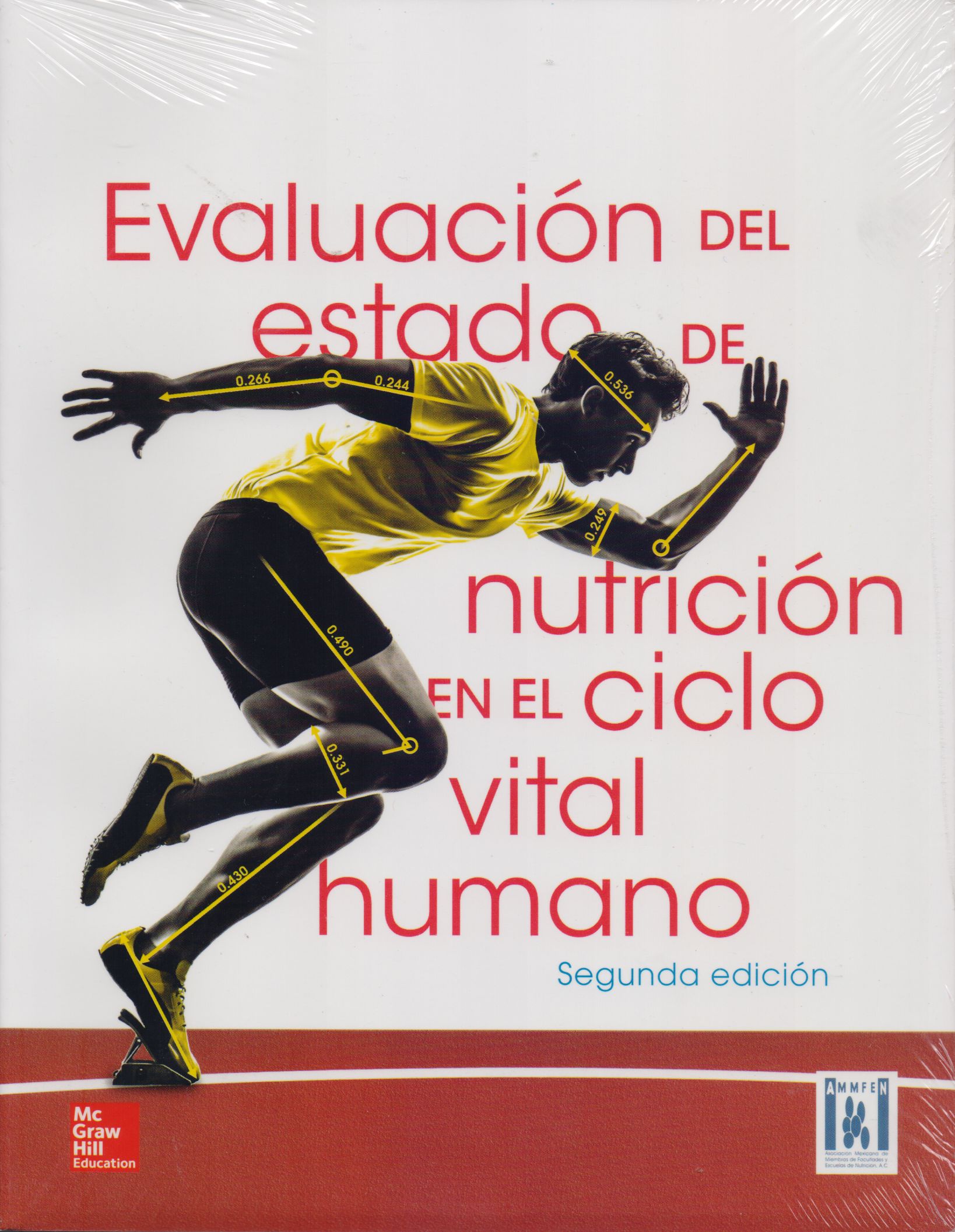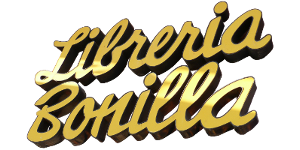Libros relacionados
 |
Evaluación del Estado de Nutrición en el Ciclo Vital Humano Anzola Rojas, Sérvulo Mc Graw Hill Educacion |
 |
Wardlaw: Perspectiva en Nutrición Byrd-Bredbenner, Carol / Moe, Gaile / Beshgetoor, Donna / Be Mc Graw Hill Educacion |
 |
Hábitos Alimentarios. Psicobiología y Socioantropología de la Alimentación López-Espinoza, Antonio / Magaña González, Claudia Rocío Mc Graw Hill Educacion |
 |
Nutrición y Dieta en la Prevención de Enfermedades Erdman, John / Macdonald, Ian / Zeisel, Steven Mc Graw Hill Educacion |
 |
Nutrición Molecular Gordillo Bastidas, Daniela / Gordillo Bastidas, Elizabeth Mc Graw Hill Educacion |


|
Título: Teaching Innovations In Lipid Science | |
| Autor: Weselake, Randall J | Precio: $1337.00 | |
| Editorial: Crc Press | Año: 2008 | |
| Tema: Nutricion | Edición: 1ª | |
| Sinopsis | ISBN: 9780849373695 | |
| Featuring practical strategies and exciting experiments, Teaching Innovations in Lipid Science addresses lipid education at a range of levels from the novice to the graduate student and teacher. Peer-reviewed contributions from internationally known specialists, describe several methods and approaches designed to create new lipid courses, modify existing courses, and serve as a basis for pursuing novel avenues of instruction.
Divided into two sections, the first focuses on teaching strategies and outlines some of the barriers that lipid science specialists face when transmitting accurate information. It emphasizes the development and implementation of creative programs that foster interest in lipid science, and presents novel problem-solving approaches. It discusses strategies for involving and evaluating independent study students and explains the successful use of sample cards to teach oilseed and cereal processing. This section also provides generalized accounts of biotechnology and crop improvement and isoprenoid biochemistry, including improvement of oilseed crops and tips on explaining DNA science and crop biotechnology. The second section begins with simple demonstrations on the physical properties of lipids suitable for middle- and high school students. It follows with more complex experiments on analyzing lipids in food oils, plasma, and milk utilizing thin layer chromatography, gas chromatography, and high performance liquid chromatography. Contributions include information on convenient enzyme test kits with exercises that can translate to a lab course beginning with chromatographic methods for lipid analysis. The final chapter presents theory and experiments for studying lipid metabolism in the plastid by describing preparation methods, studying metabolite uptake, and pathway analysis. Contents. Strategies for Teaching Lipid Science to the Public, Students, and Teachers Educating the Public about Lipids, A.H.C. Huang and R.J. Weselake Fats, Genes and Food Using Lipids as a Tool in University and High School Science Education and Public Outreach, D.J. Murphy Mentorships and Related Programs Provide Mechanisms for Involving Students in the Science of Fats and Oils, N. Lee and J.K. Daun Teaching Lipid Chemistry through Creative Problem Solving, K.M. Schaich Mentoring Independent Study Students in Lipid Science, E.C. Kazala, C.L. Snyder, T. Furukawa-Stoffer, and R.J. Weselake Sample Cards for Teaching Processing of Oilseeds and Cereals, L.A. Johnson, J. Maiers, and D. Jarboe Biotechnology and Crop Improvement in Agriculture, D. Hildebrand Understanding Isoprenoid Biochemistry Demonstrations and Experiments in Lipid Science What's in a Potato Chip?, R.G. Ackman, A. Timmins, and S. Budge Oils and Fats Simple Demonstrations of Properties and Uses, T.A. McKeon Teaching Relationships between the Composition of Lipids and Nutritional Quality, R. Przybylski High Temperature Gas Liquid Chromatographic Profiling of Plasma Lipids: A Student Exercise, A. Kuksis Analysis of Total Milk Fat, C. Cruz-Hernandez and J.K.G. Kramer The Use of Enzyme Test Kits for Teaching Lipid Chemistry, R.A. Moreau Plastids as a Model System in Teaching Plant Lipid Metabolism, S.A. Sparace and K.F. Kleppinger-Sparace |
||
Librería Bonilla SA de CV © Todos los derechos reservados. 2019
Última actualización: Jul 2019




